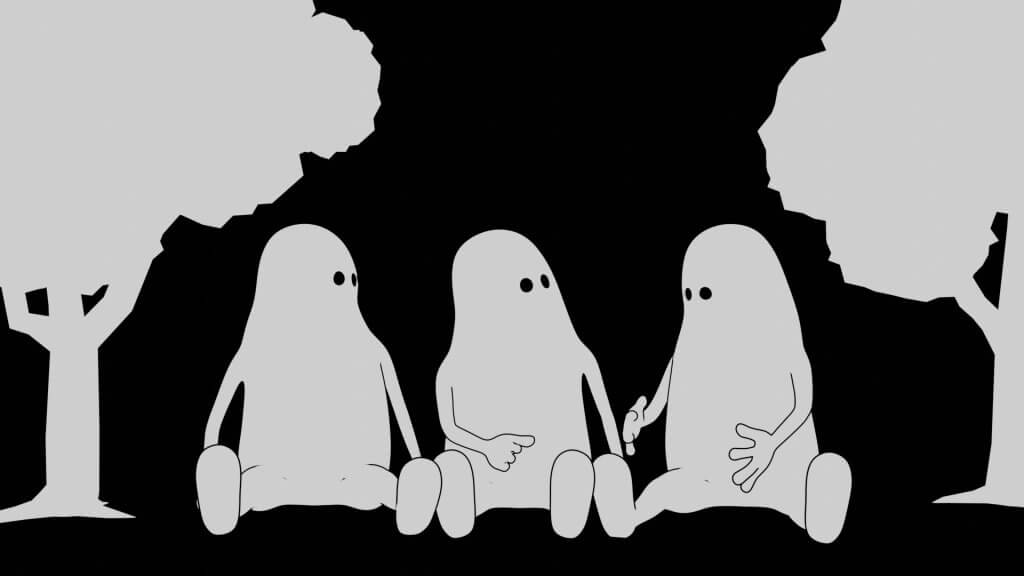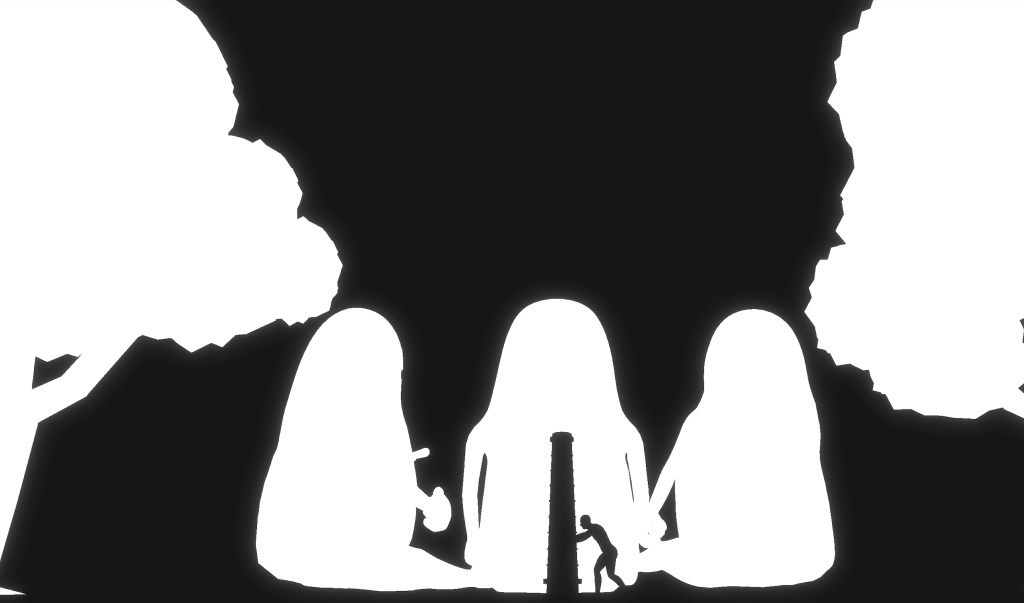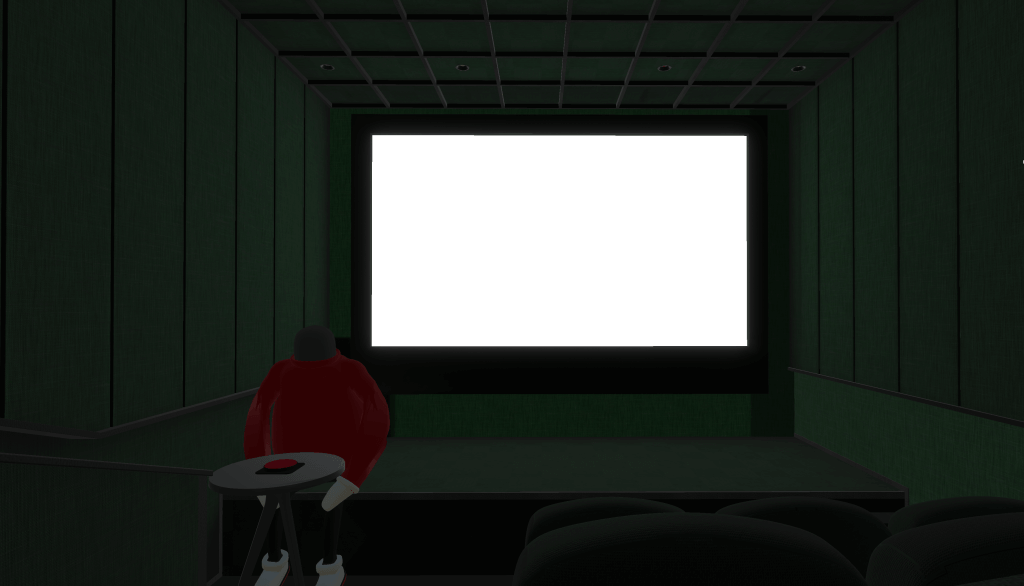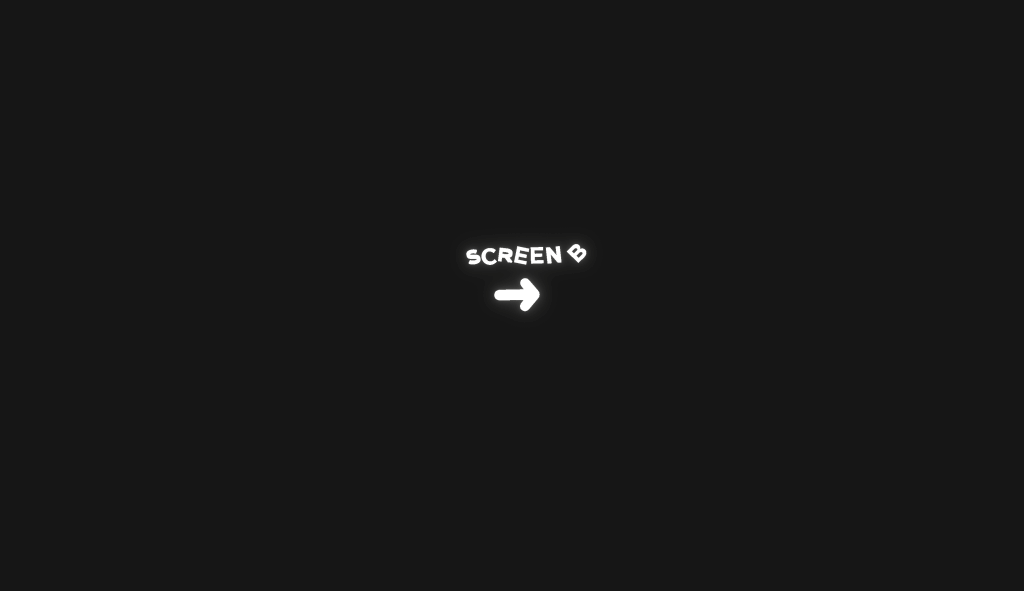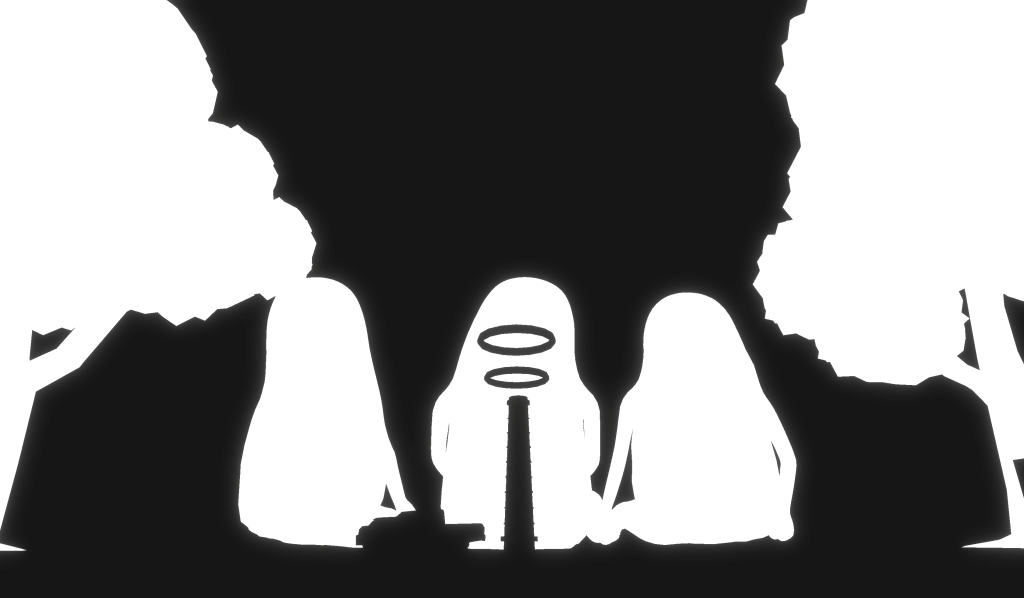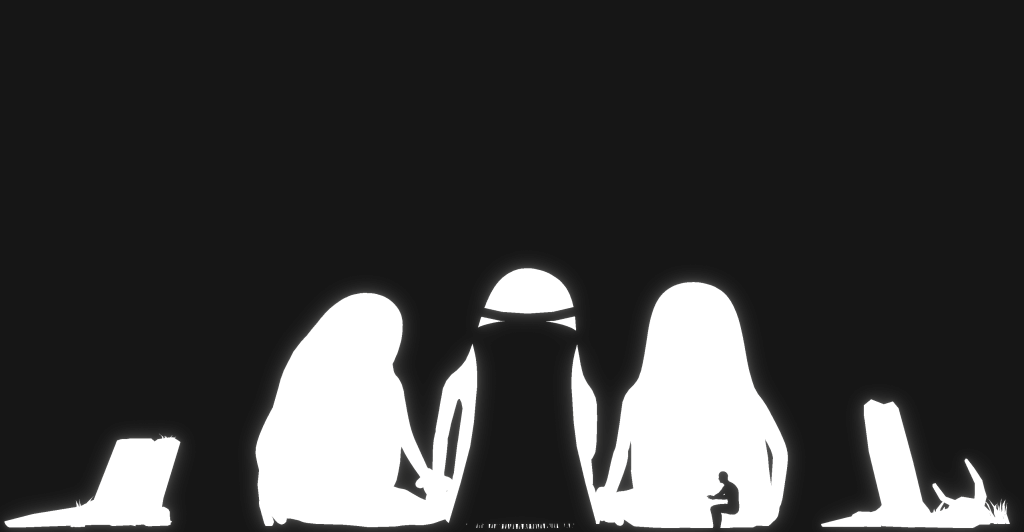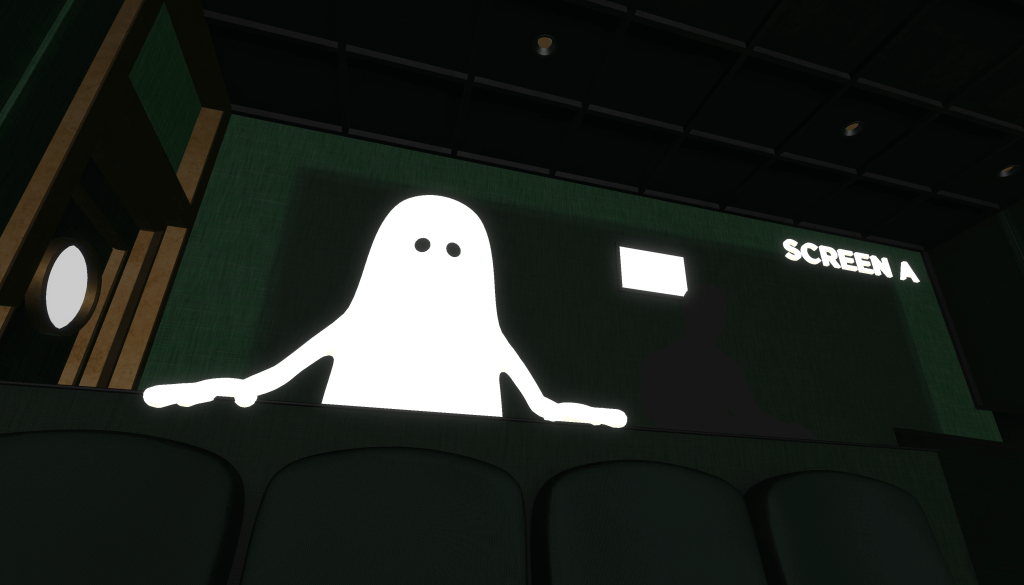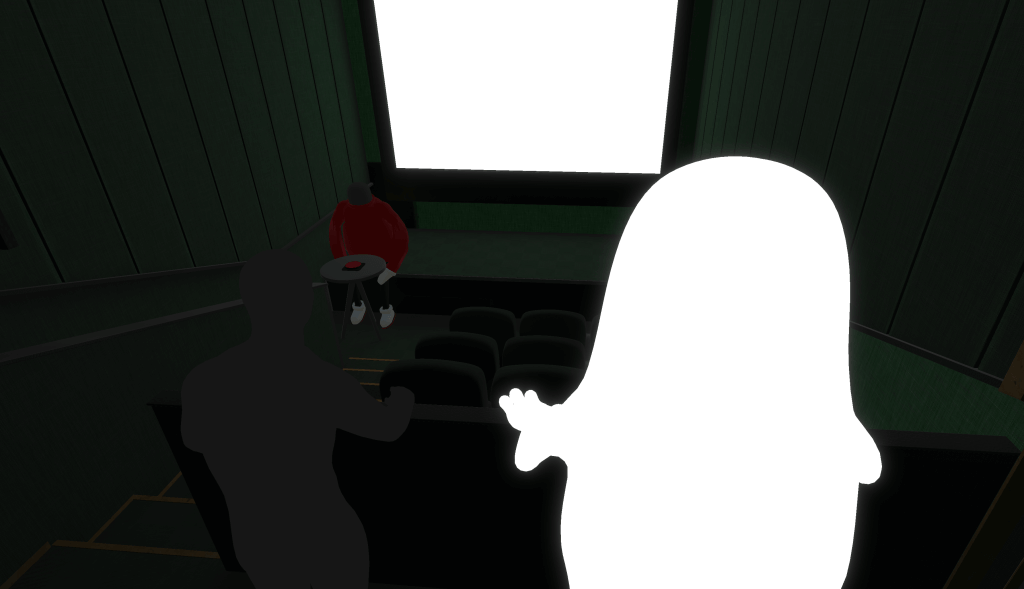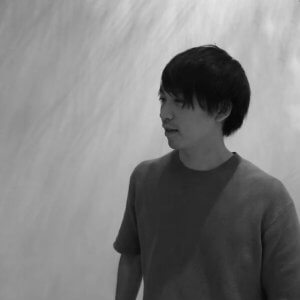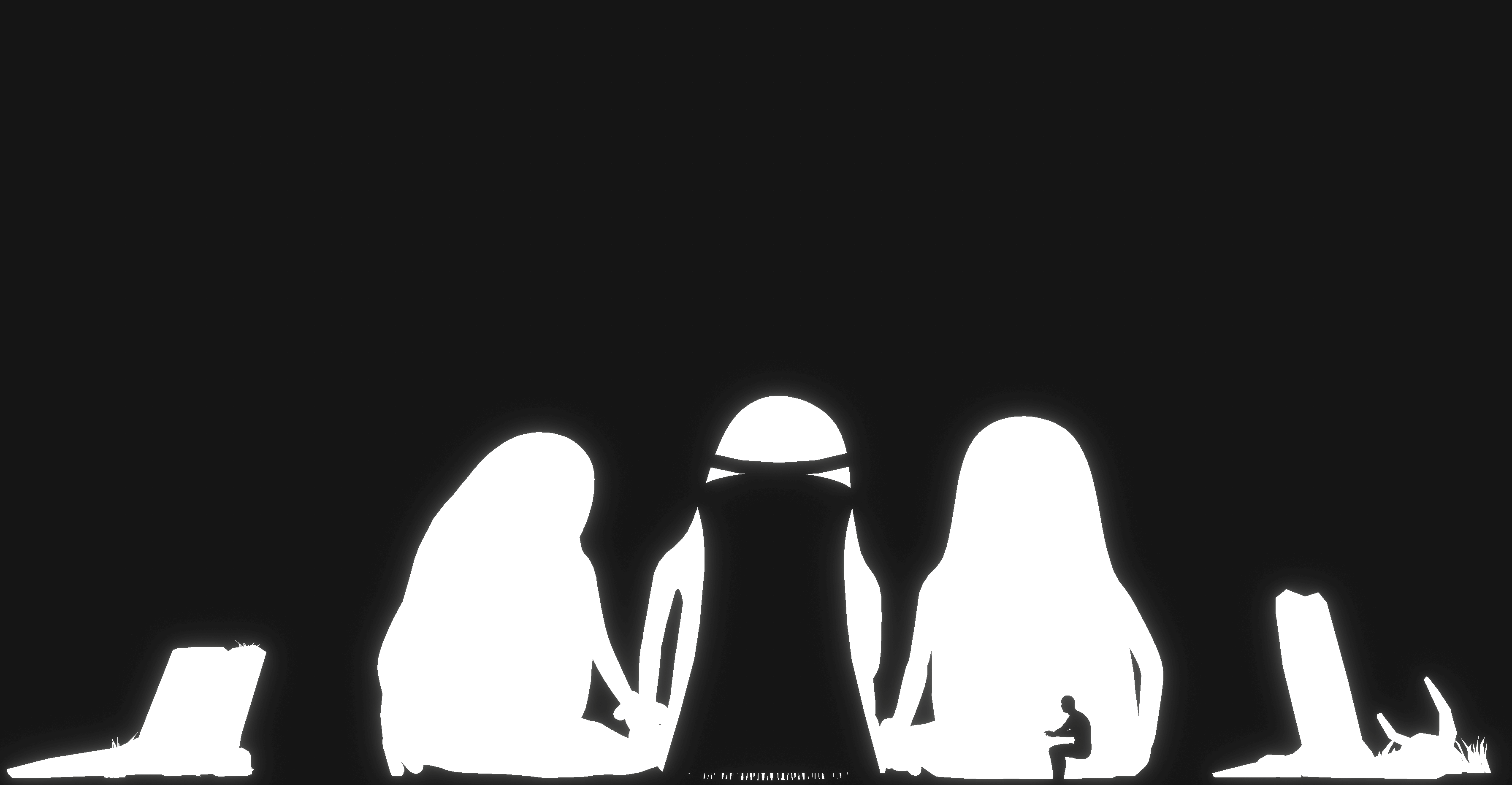《behind》を紹介します。
《behind》は騙し絵の技法を用いた構成で、作品名の「背後」の意味の通り、登場人物や彼らが織りなす世界の裏側を顕在化させたようなVR作品です。
以下は作品の紹介動画です。
《behind》の体験方法(PCやスマホは非推奨です)
Steam版STYLYをダウンロードする
https://store.steampowered.com/app/693990/STYLYVR_PLATFORM_FOR_ULTRA_EXPERIENCE/
Oculus Quest版STYLYをダウンロードする
https://www.oculus.com/experiences/quest/3982198145147898/
シーン体験方法の詳細を知りたい方
VRシーン体験方法については、以下の記事をご参照ください。
作者による作品の説明
『本作では二つの背後を描いた。一つはスクリーンの背後、もう一つは物語の背後である。』
VR映像表現の新しい形を模索するべく本制作を行なった。特徴は従来のスクリーン上で見る映像とその映像の背後に広がるスクリーン上に描かれていない空間を組み合わせた表現にある。スクリーンの背後に広がる空間はVR空間特有のオルタナティブなスクリーンとなり、物語を異なる方向から見せてくれる。
また白と黒のミニマルなアニメーション表現を用いることで物語の表側(=白い生き物)と裏側(=人間)を等価に描くことを試みた。本作では森林で暮らす白い生き物の背後で無遠慮に進行する工業化を描いた。しかし、これらは単に人間の環境破壊活動を非難しているわけではない。白い生き物の背後に人間の営みがあるように、黒で表現されている人間にも背後が存在する。
物事の背後を想像するきっかけとなること、それが本作の狙いである。
Yusuke Takahashi
1992年生まれ。
分野横断型のデザイナー・アーティストとして活動。
慶應義塾大学SFC卒業・東京藝術大学大学院修了。
portfolio site: https://www.yt92.tokyo/
騙し絵のように地と図が逆転されるVR
私はベルイマンの映画『沈黙』を思い起こす。人々は外国の都市を旅しているのだが、そこでは革命が進行中のように見えるけれども、彼らは一言も理解することができない。それは古い、陳腐な、小説的な劇場のイメージ─ ─眼前のドラマの展開が世界の偉大な部隊の統一性のメタファーになる。
──ロザリンド・Eクラウス『視覚的無意識』(月曜社、2019年)より
《behind》では、2つのスクリーンが交互に鑑賞者に提示されます。
2つのスクリーンは重なりながら表示され同時に見ることもできるが、両者のスクリーン内の出来事に因果性はないように物語は始まります。
この構成には、マウリッツ・エッシャーの作品を代表とする「騙し絵」の手法が用いられています。
美術において用いられる「地」と「図」を曖昧にしたり、反転させたりすることによって、イメージの存在や意味に両義性を持たせたり、他のものとして見せ直す手法です。
視野に二つの領域が存在するとき、一方の領域には形だけが見え、もう一つの領域は背景を形成する。背景から分離して知覚される部分(形)を「図」といい、背景となるものを「地」という。「図と地」ということばを初めて使ったのは1912年デンマークの心理学者ルビンであり、これはゲシュタルト心理学の重要概念である。メロディーは際だって聞こえ、伴奏は背景に退いて知覚される。このように知覚経験の各側面に図と地が現れ、とくに視知覚において著しい。一般に図となる領域は、形と輪郭線とものの性質をもち、面が固い感じで位置が明確で浮き上がって見え、一方、地は、形も輪郭線ももたず材料的性質をもち、面が柔らかく定位不明確で図の背後に一様に広がって見える。[今井省吾]
──コトバンクより
多くのVR作品と見比べると《behind》は一見して禁欲的な作品に見えるでしょう。
3DCGを用いて空間中に様々なオブジェクトを配置することができるVRは、多様な色や形を用いた作品が多く見られるからです。
《behind》はそうした3DCGが見せる彩度や遠近感を引き算しています。3DCGのオブジェクトを白と黒のひとつの面に納めることで、かえってその面の地と図が混ざったイメージの両義性を生むことを試みています。
存在同士の差異・誤配
さて、白と黒で分けられた存在たちは、この作品においてどのような関係を見せるでしょうか。
《behind》はお互いに見えない場所や時間がお互いに無関係に存在する点が、虚構の乱立を見せるバーチャルリアリティらしい作品です。
現在のバーチャルリアリティが生み出す世界は、現実に基づきながら、どこか現実離れしていることが多いです。
例えば、光の反射や透過などの物理シミュレーションを削ぐことや、現状のバーチャルリアリティの体験や制作のためのデバイスやソフトなどによる限界を回避すること、再現度が不完全な3DCGによる描写などが理由であることが多いです。
そしてそれらがかえって、そのバーチャル空間の物理法則が現実と非連続であることを強調します。
VR空間は乱立しています。そして、あるVR空間に入っている間に別のあるVR空間は見えません。
それぞれの空間で何かしらの出来事や物語が発生しあっています。
バーチャルリアリティのあるひとつの空間に入るとき、それ以外のあらゆる場所を背景として忘れ去ることもできます。
しかし同時に全ての忘れている世界を思い出さざるを得ない、不自然なリアリティを提示される現状に参加しているともいえます。
そうしたバーチャルリアリティが創発され共存している状況をバーチャルリアリティで表し直している作品です。
さらに、《behind》は人間以外の他者の世界をも想起させます。
黒塗り側では人間の経済活動や戦争が展開されます。
それに対して、白塗り側の生き物の存在は不確かで、動物なのか、幽霊なのか、架空の何かしらのキャラクターなのかは不明です。
この白塗りの存在を見えていない、あるいは気にしていないような仕草で人間は動いています。
その外側にある、動物やモノの目線をバーチャルなものとして示しています。
またそのことによって、人間の持つ言葉や概念など共有しているものがフィクショナルなものであることが翻って指し示されています。
〈他者〉や〈外部〉との関わりは、フランス現代思想から、思弁的実在論などの現代の哲学を一貫するテーマとして論じられる。〈他者〉や〈外部〉との関わりは、フランス現代思想から、思弁的実在論などの現代の哲学を一貫するテーマとして論じられる。
たとえば、東浩紀さんが『存在論的、郵便的─ジャックデリダについて』(新潮社、1998年)において「否定神学システム」と読んだものは、まさにそのようなロジックだったわけです。つまり、たった一つの「語り得ないもの」──それがなんであるかを直接的に問おうとしても、捉えることができない「不可能なもの」──があるとされ、しかしそれがあるがゆえにその周りの意味のシステムが形成されるのだ、と。
(中略)
単一背の穴の外に複数性を見るという立場ですね。つまり、この世界を実在的に形作っているのは複数の異質な意味の場であって、その意味の場ごとに異なるタイプの存在者が存在すると彼(マルクス・ガブリエル)*はいうわけです。
──千葉雅也『現代思想 2019年5月臨時増刊号』(青土社、2019年)
*著者注
現代のタブーはいかに現れるか
《behind》の作者である高橋はこの作品以前にも、検閲の問題や不可視の領域について「黒塗り」にされるものについて取り扱ってきました。
《behind》では、タブーなもの、お互いに見ないようにしているものを、視覚的に表すために地と図を逆転させる騙し絵の構成を用いています。
これは、単にイデオロギーや言語の違いや、例えば西側東側といった対立構造だけを表すわけではありません。
現代的なタブーの問題について、危機感が麻痺していくことを表象している作品でもあります。
それは図になりやすいまとまりや、地になりやすいまとまりが取りこぼすものが存在するという問題系です。
わかりやすく現れる問題だけでなく、ふと気づく私たちが麻痺させていたもの、そうして「背後」におき忘れていたものが、タブーとして現前してくる作品です。
何かを忘れてしまう私たちの背後を、黒塗りの人間と白塗りの存在がこちらを眼差してくることで私たちに思い出させます。
あるいは、彼らの背中が語るものはなんなのでしょうか。
そして彼ら/私たちを取り巻くバーチャルリアリティとはどのようなものでしょうか。
上記シーンには、黒塗りになった人間がいることを、すでにお気づきでしょうか。
《behind》の体験方法(PCやスマホは非推奨です)
Steam版STYLYをダウンロードする
https://store.steampowered.com/app/693990/STYLYVR_PLATFORM_FOR_ULTRA_EXPERIENCE/
Oculus Quest版STYLYをダウンロードする
https://www.oculus.com/experiences/quest/3982198145147898/
シーン体験方法の詳細を知りたい方
